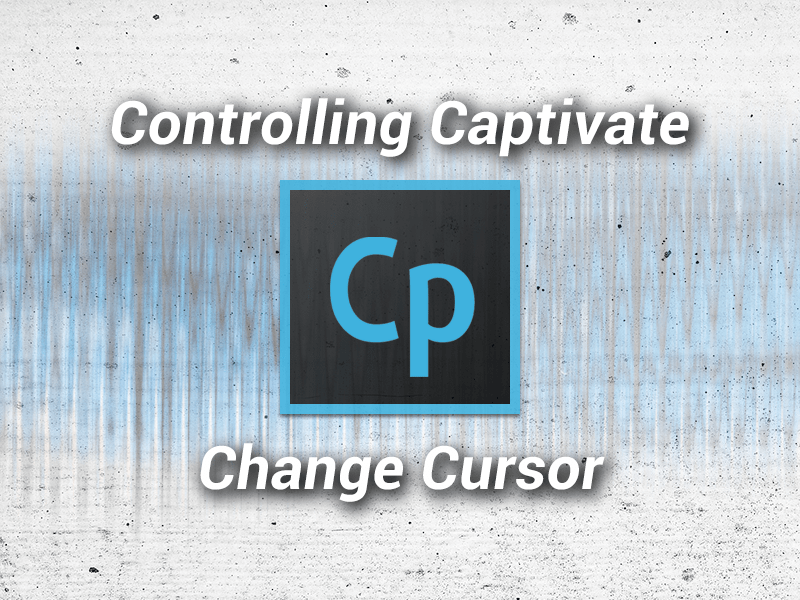
Controlling Captivate – Change Cursor
October 9, 2016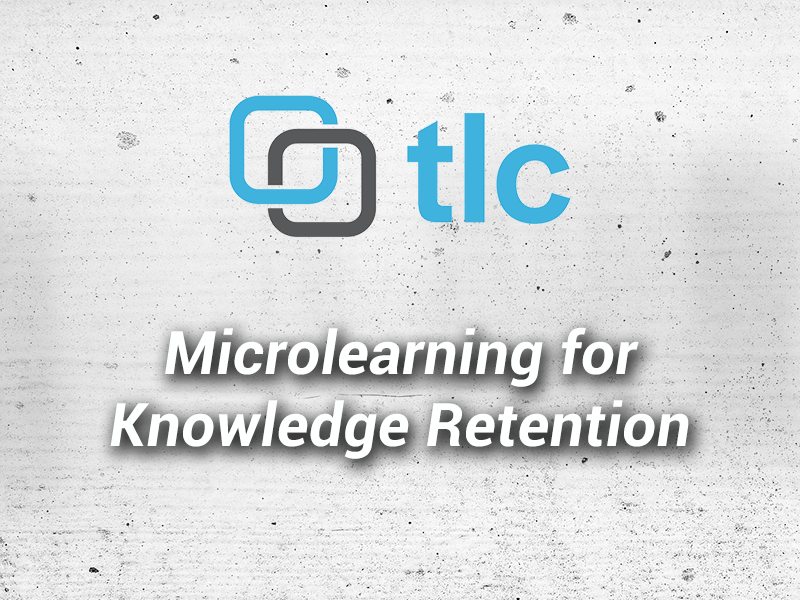
Microlearning for Knowledge Retention
March 7, 2018What’s your favorite method of eLearning? Do you prefer to read an eBook, participate in an interactive learning module, or maybe a good old-fashioned webinar is more up your alley? These are three common types of learning solutions that first come to mind when I think of the different methods of eLearning I’ve participated in during my career. However, there are numerous options out there, and those options are expanding all the time, so prepare yourself because 2018 promises to be an extraordinary year for eLearning. Budgets are being broadened for Learning Management Systems (LMS), access to eLearning catalogs, and more each year so employers can take advantage of the many benefits, such as:

Heightened productivity – employees can respond to email and work on projects during their breaks. Some are even apt to stay late so as not to fall behind on their tasks.

Happier employees - employees are not away from home and family for days or weeks at a time, and forced to make arrangements for things like childcare, the potential cost of boarding their pets, and mail pick up.

Higher trained workforce – By making training accessible in a multitude of ways users have the option to obtain certifications and expand their knowledge where they may not have felt they had the opportunity to do so before. I don’t know about you, but I’m much more apt to take a class and expand my horizons if I can do it in the comfort of my own home.
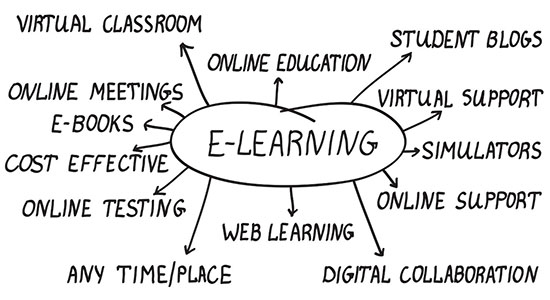
Once additional benefits of eLearning were realized & measured, it was evident that other methods of delivering the material were needed. Learning is never a one size fits all; just as we are not shaped the same, neither is the way we learn. Let’s look at a few of the eLearning trends that at the top of the list for 2018:
Gamification is a concept that has been picking up speed in recent years. Gamification is the application of game-design elements and game principles in non-game contexts. It allows the user to be more engaged with the material, thereby the user retains more of the information and is less likely to become distracted or day dream while going through a course. One of Microsoft’s most popular projects was the release of Ribbon Hero 2, which taught people how to use it. MyFitnessPal is the app that uses the most gamification elements, and Pokemon Go has been praised for getting people moving.
Virtual Reality (VR) learning is started in Kindergarten. Just like an elementary science class can watch a seedling evolve into a large oak, a vocational school can teach students about how an engine works, VR courses can show IT professionals the mechanism of the motherboards, or follow a script.
Augmented reality (AR) seems to be intertwined with VR, when in fact, they are completely different. AR is a mix of the real world, and the virtual one. AR is a live direct or indirect view of a physical, real-world environment whose elements are "augmented" by computer-generated or extracted real-world sensory input such as sound, video, graphics or GPS data. It costs less then VR, and is in high demand. You are probably familiar with a car’s navigation system. That is an example of AR.
In addition, by 2019, video training will be responsible for 80% of the internet traffic. Think of how easy, quick, and cost effective it is for companies to incorporate YouTube videos into training. You can schedule an instructor to come in, pay for a hotel and other travel expenses, risk cancellation for various reasons, set aside a room for the class and have multiple people away from their daily duties, or you can create and pre-record classes to be done with minimal time set aside scheduling such an activity without the hassle, and individuals can take turns eLearning while minimizing the effect to business operations.
One last thought before I sign off. Don’t let budgets be the only thing that drives your means of delivering content. Be sure to check your demographics when working with your customer to determine what method of eLearning may be best for the audience and explain to them in depth all their options. That’s a great way to also build trust, educate your customer, and make your business relationship a true partnership.
What is on your radar to implement in 2018? Let us know by adding your comments below and your “hot item” may be the next thing we blog about! Also, have friends you think would benefit from this information? Share this blog with others by using any or all the social media links above

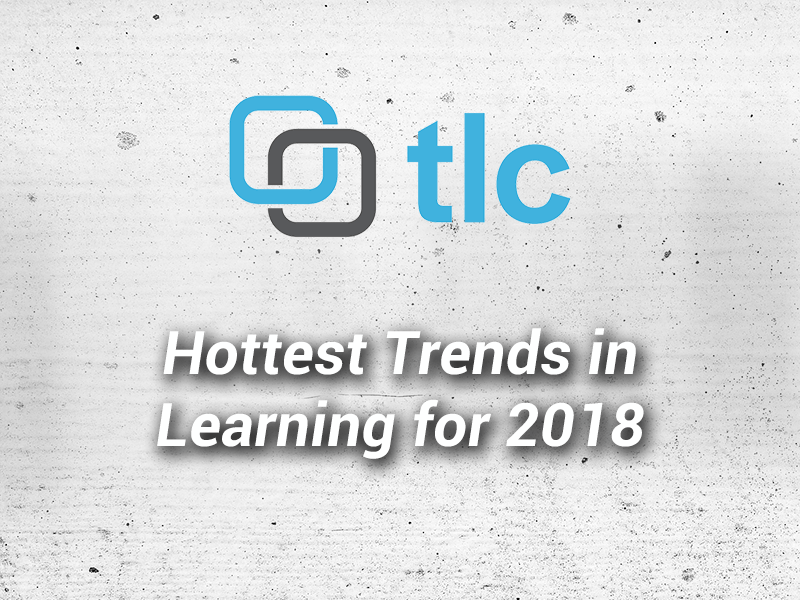
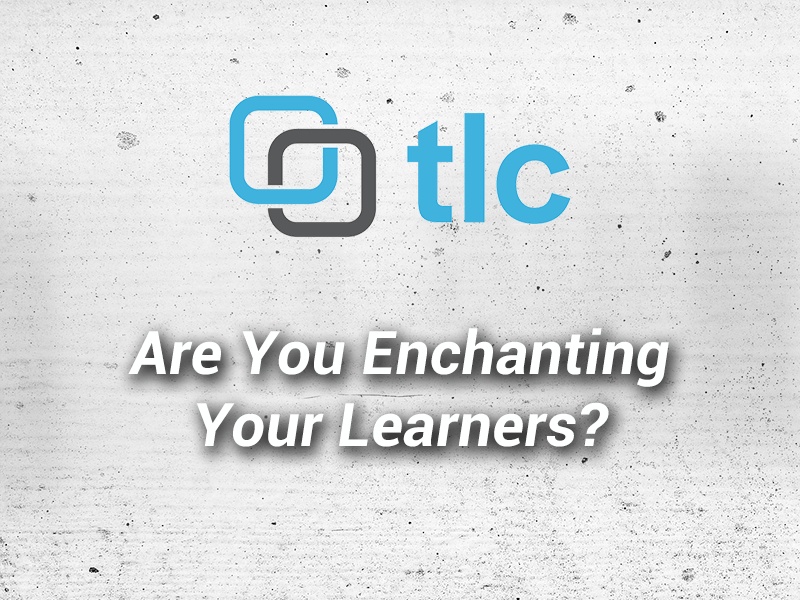

3 Comments
The “hot” topic for me, and anyone else who develops for the Federal government is accessibility. Particularly now since the requirements have been revised and are actually being enforced. Using authoring tools that export out to html is only the beginning and most output has to be customized afterwards. Everything has to be keyboard accessible and there should be no keyboard traps. The text has to be “live” (e.g., no importing PPT slides), and there has to be enough color contrast. That’s only the beginning.
Having these requirements really limits the amount of gamification and other interactivity that is already developed and ready to plug in. Using an LMS and SCORM is easier with an authoring tool, but much harder if you have to meet accessibility requirements.
We agree, as we also develop for the Federal Government. Offering the user and “equivalent experience” is something that is interpreted differently across agencies and can be difficult to implement. We are currently working on a guide to help achieve accessibility and meet Section 508 standards.
I agree with Karen that it is difficult to keep up the Accessibility Issues that pop up as the designer uses new material for their courses. Have you heard of Quality Matters? I attended several workshops using these techniques while developing my on-line course and found it very beneficial. They have free update workshops on-line.
Thank you TLC for the updates on adding a variety of tools within a course and providing an update on the Hottest Trends.